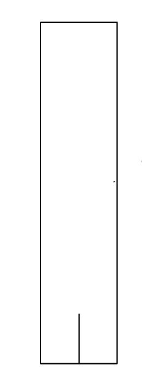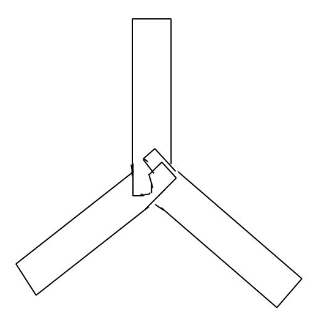[accordions autoHeight=’true’]
[accordion title=”1. Rotational Kinematics”]
- Angular displacement $$\theta$$ is defined as the angle an object turns with respect to the centre of a circle. $$\theta=\dfrac{s}{r}$$ where s is the arc and r is the radius of the circle.
- One radian is the angular displacement when the arc length is equal to the radius of the circle.
- Angular velocity $$\omega$$ is defined as the rate of change of angular displacement. $$\omega=\dfrac{d\theta}{dt}$$
- For motion in a circle of fixed radius, $$\omega=\dfrac{d\theta}{dt}=\dfrac{d(\dfrac{s}{r})}{dt}=\dfrac{1}{r}\dfrac{ds}{dt}=\dfrac{v}{r}$$. Thus $$v=r\omega$$.
- Average angular velocity in one cycle. $$\omega=\dfrac{2\pi}{T}=2\pi f$$ where T is the period and f is the frequency.
[/accordion]
[accordion title=”2. Centripetal Force”]
- Centripetal acceleration $$a=\dfrac{v^2}{r} = r\omega^2$$.
- Centripetal force $$F =\dfrac{mv^2}{r} = mr\omega^2$$.
[/accordion]
[accordion title=”3. Uniform Circular Motion”]
For a body in uniform circular motion, there is a change in velocity as the direction of motion is changing. This requires an acceleration that is perpendicular to the velocity and directed towards the centre of circle. This acceleration is provided by a centripetal force. A resultant force acting on a body toward the centre of a circle provides the centripetal force.
[/accordion]
[accordion title=”4. Non-Uniform Circular Motion”]
Learn how to solve problems on circular motions of conical pendulum, cyclist, car, aircraft, swinging a pail etc.
[/accordion]
[/accordions]

